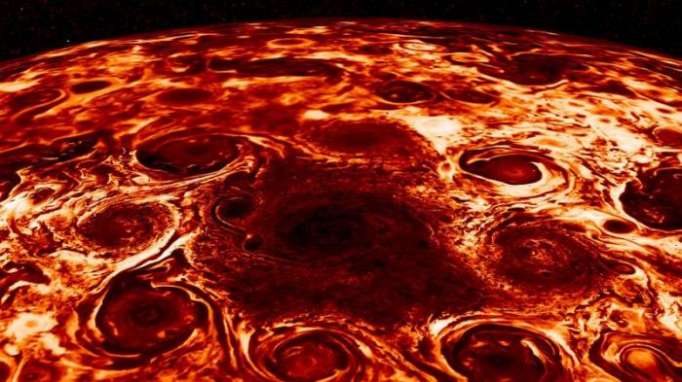The new findings are published (here and here) in the March 8, 2018, edition of the peer-reviewed journal Nature.
In a statement from NASA, Scott Bolton, principal investigator of Juno from the Southwest Research Institute, San Antonio, said:
These astonishing science results are yet another example of Jupiter’s curve balls, and a testimony to the value of exploring the unknown from a new perspective with next-generation instruments. Juno’s unique orbit and evolutionary high-precision radio science and infrared technologies enabled these paradigm-shifting discoveries.
Juno is only about one-third the way through its primary mission, and already we are seeing the beginnings of a new Jupiter.
Read the original article on earthsky.org.
More about: Jupiter
















































